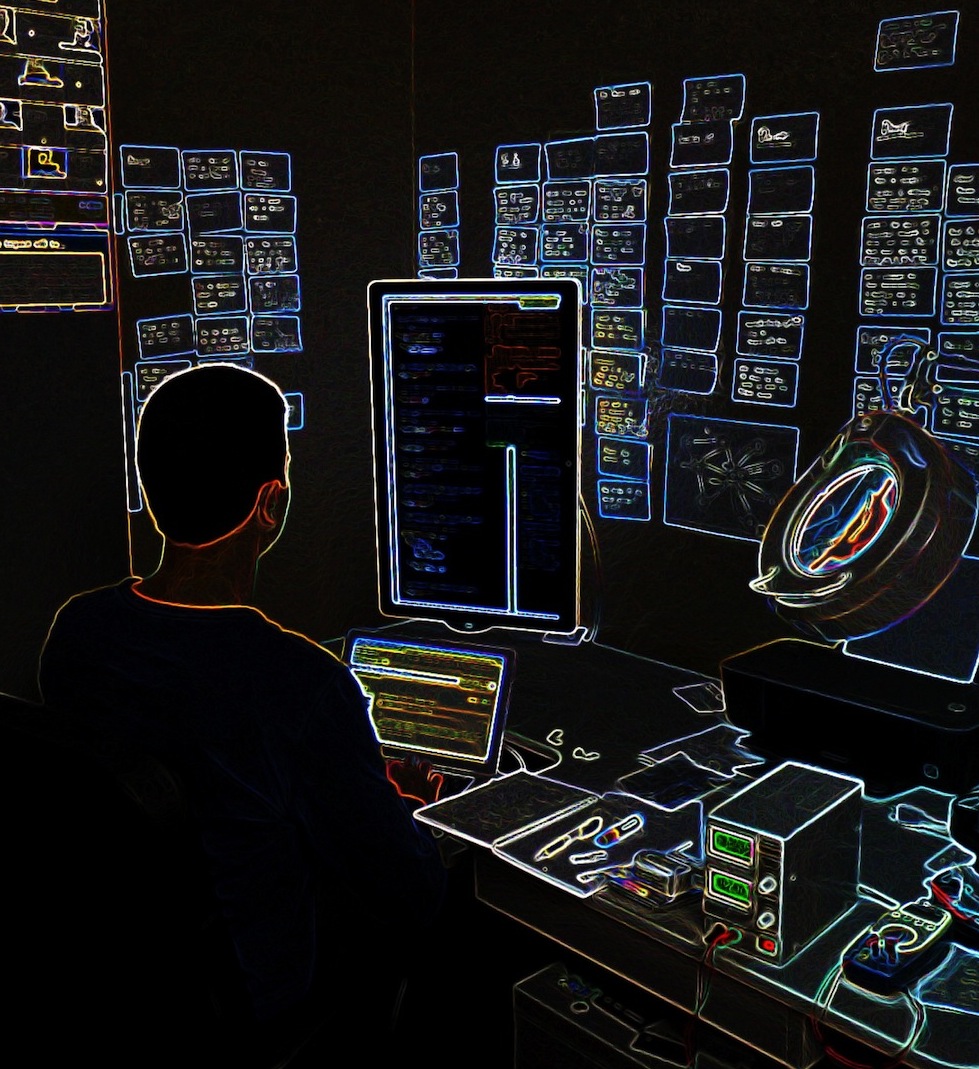Book Summary: Born to Run by Christopher McDougall
The thesis of this book is that the physiology of the human foot is optimal. The first corollary from this idea is that endurance runners perform best when running barefoot to which the author provides numerous examples. The second corollary is that wearing running shoes, especially high-end ones, eventually causes running related injuries.
It is not possible to quickly correct your bad habits or awaken unused
ligaments, muscles, and nerve endings. You will get stress fractures if you start running barefoot prematurely.
Even when the author was certain he understood the principles of running properly, he had himself video
taped and was disappointed when he reviewed the film.
There are two pairs of minimalist sneakers
referenced by McDougall in Born to Run, the Nike Free and the Nike Pegasus. A more minimalist "shoe", originally intended for yacth crews, is Vibram's Five Fingers.
He gives a few pointers and visuals that help understand the way
shoeless natives and ultrarunners (50mi a day plus) run. Here’s a
quick list
- It looks like they are running on hot coals.
- Knees high, toe down, short strides, feet land directly beneath you, heels flip back.
- Forearm parallel to the ground and pumping like Rock ’em Sock ’em robots. You are the only bi-ped without a tail and the arms provide stabilization.
- In slow motion foot looks like a swan landing on water, with toes splayed.
- Pronation is good -- meaning you land on the outside of your foot and rotation ends on your big toe. This is a mild twist that provides shock absorption.
- Your ligaments and tendons act like springs, use them right and you will run more efficiently
- Children are natural runners.
I am in a place where I can observe this directly. I sit in the water and watch the barefoot Thai run on the beach along the with the westerners in their fancy running shoes. The shoed-westerners land on their heels first which provides a 1/4" of shock absorption as opposed to 5" of deceleration from an "uprotected" foot that lands on the toes.
I later lie upside down on a work out bench here at my Muay-Thai camp and watch the Thai children play soccer with the westerners (both barefoot). The Thai kids are on their toes, light and fast and change direction quickly. It is so obvious, I can’t image I never observed this before.
A physic professor once said to me that running is a controlled fall (interesting, when I said this to my brother he replied "then why I can fall uphill?"). A professor says the same thing to the author and he reiterates it instead of refuting this idea. When you look at item#2 above it describes propulsion, not falling. All you need is a tacky surface and you could run without gravity .
The author also cites that you don’t need all this natural hardware when you are walking (just look at a pig with no achilles tendon, or a man walking on stilts). But had the author studied dance, he may have recommended the "Tango Walk" as an intro to running correctly.
When I studied Tango in Argentina I met an instructor that just wanted me to "re-learn" how to walk. As you might guess he recommended the technique mentioned in item#2 above. You push with your back foot when you walk, and point your toe to the ground (carressing the ground) as you draw your foot forward. This makes you knee naturally raise high and forces you to land on your toe first. "Empuje, empuje, empuje," my instructor would repeat in Spanish with each step (push, push, push). You walk by pushing. Perhaps children naturally walk this way and then we tell them to "stop dragging your feet".
I try walking "Tango" style everywhere and after two weeks when I look at my reflection it looks normal and smooth. And my reflection reminds me of a fellow employee I used to see walking around at a semiconductor company. He looked powerful and strong despite being tiny and now I realized it was his "Tango-style" walk. Later a colleauge told me that the fellow was a champion kick boxer.
